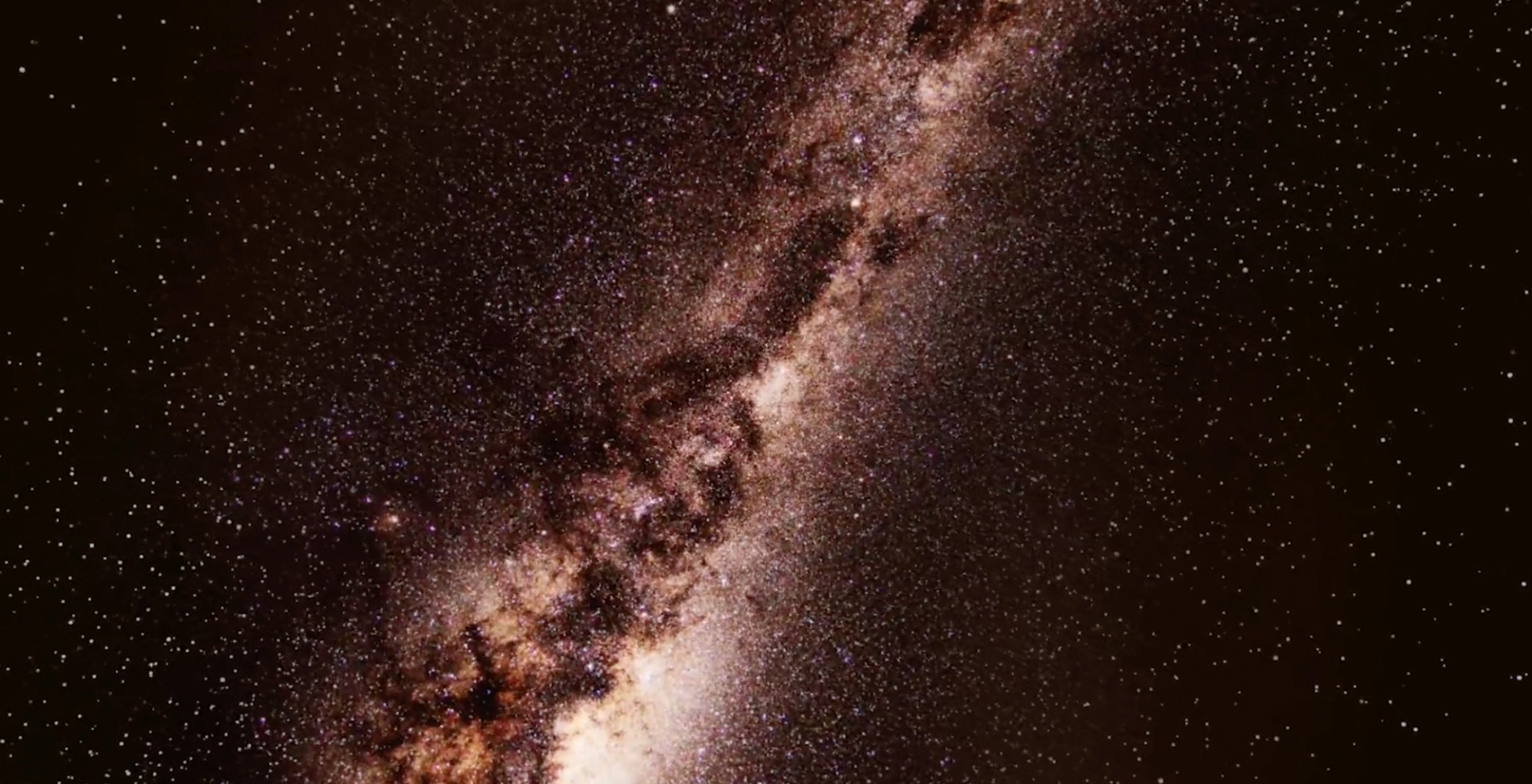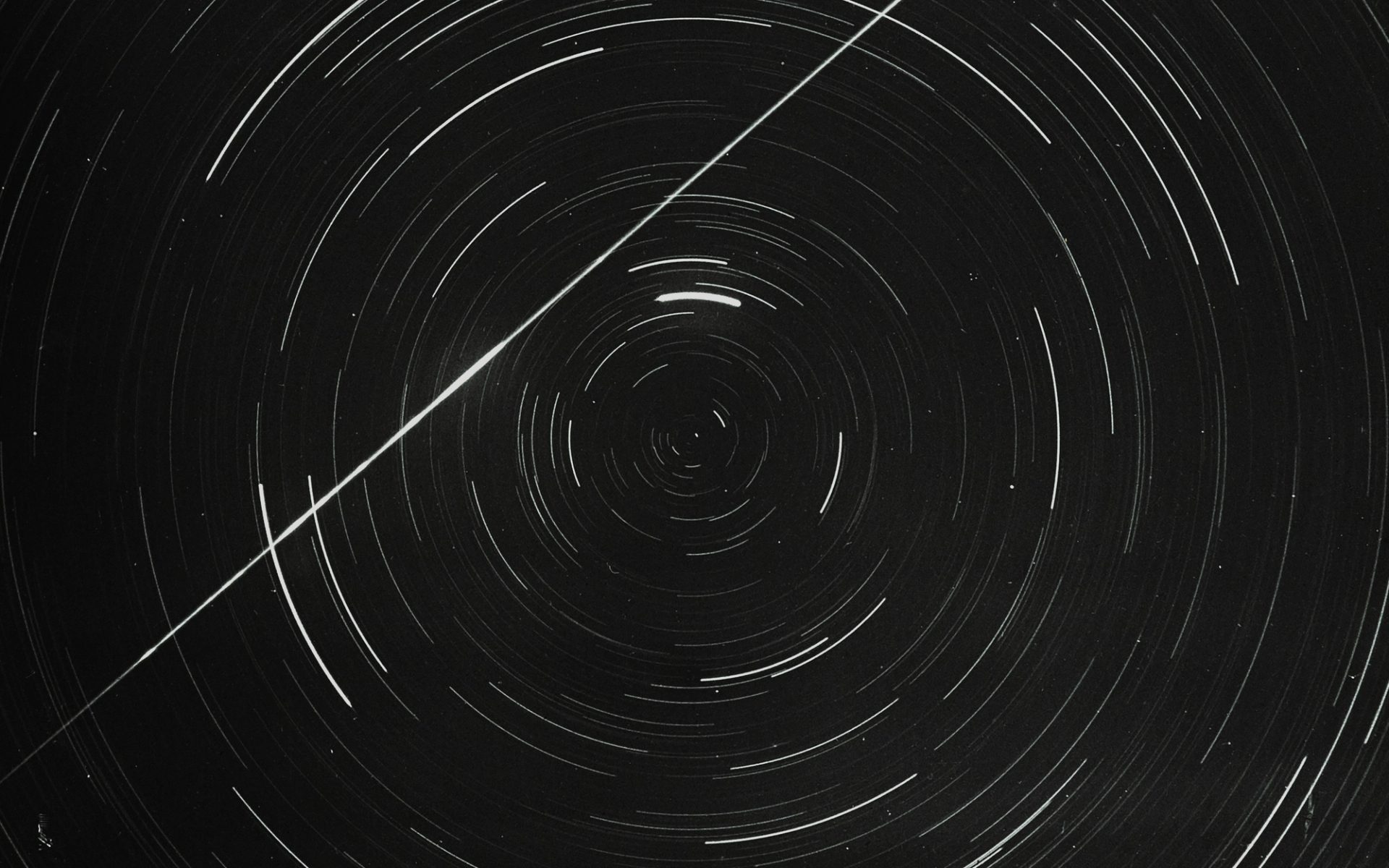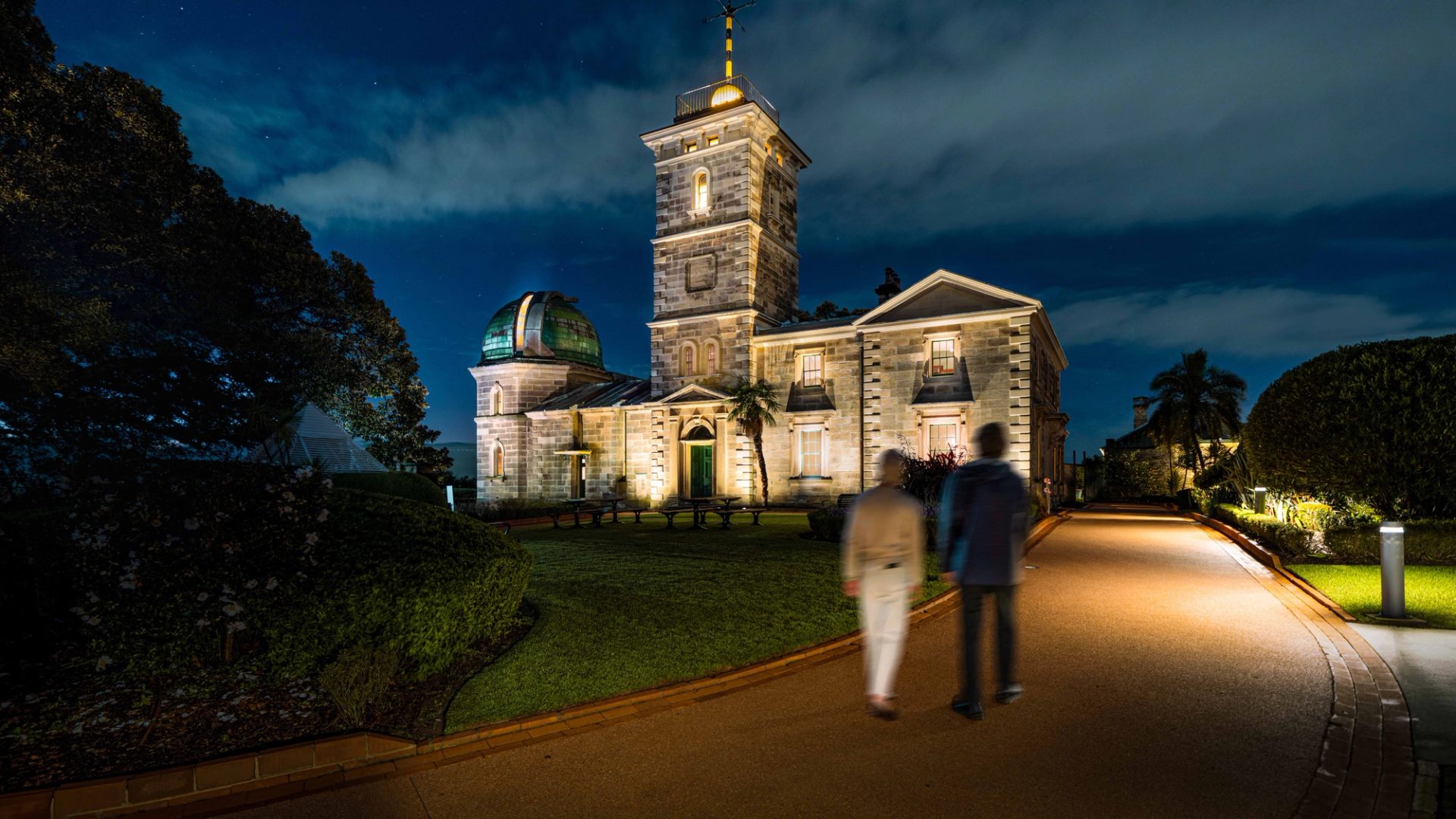Custodianship of Sky Country and Sydney Observatory

First Nations communities hold deep knowledges and connections to the skies which have developed over millennia. These observations and living records predate the oldest ‘Western’ observatory in Australia, the Sydney Observatory. It’s time for First Nations custodianship of Sky Country to guide the stories that Sydney Observatory tells.
Situated on Gadigal land, the Sydney Observatory has a strong documented history of its colonial beginning, detailing its historic astronomical and weather monitoring achievements by the men and women who contributed to its establishment in 1858 and its activities ever since.
Being the highest point in Sydney, it is more than probable that First Nations people have been observing and communing with Sky Country from this location for hundreds of generations.
Its precise traditional history has been concealed due to the interruption of colonisation, leaving mostly speculation as to the site’s original significance to Traditional Owners. It is possible the original cultural significance has been subject to deliberate colonial erasure, such as that of another cultural site just meters away documented at Dawes Point, when rock carvings of a shark and man were destroyed during the construction of the Sydney Harbour Bridge.
Dawes Point was also home to the first (makeshift) Observatory after British settlement, established in 1788 at the foot of what is now known as Observatory Hill.
Gadigal woman Patyegarang, often noted as a friend of William Dawes, an English Lieutenant and astronomer, recorded the pair's conversations in what remain as the only known first-hand accounts of the Gadigal language.
Patyegarang taught Dawes local words for the sun (Go-ing) and the moon (Yan-nă-dah). Patyegarang additionally knew the names of the two Magellanic Clouds that are orbiting the Milky Way galaxy and only visible from the southern hemisphere. She told Dawes their names were Bu-do—nong and Cal-gal-le-on. Her ability to describe these prominent but obscure astronomical features in the night sky shows an incredibly sophisticated local knowledge of them. The information she provided Dawes led to the first and probably only colonial recorded account of Gadigal Sky knowledges.
Today, the Powerhouse First Nations Directorate, Observatory staff, leading First Nations astronomers such as Karlie Noon and Traditional Knowledge Keepers of Sky Law are working together to enhance public appreciation and understanding of astronomical knowledges embedded within First Nations sky stories.
Caring for Country, Storytelling about the Sky
To reposition the thinking around Astronomical storytelling, the Powerhouse First Nations Directorate acknowledges the sky not simply as a curiosity ‘out there’ but as an extension of Country, and therefore an extension of us and of our responsibilities to Country.
First Nations people are Country and Country is us. Many of our old stories – our observations and knowledges – reference us visiting Sky Country and mapping it just as we have traversed Land and Sea Country.
How do we respect First Nations custodianship of Sky Country? Firstly, by acknowledging that custodianship. The Sydney Observatory has recently updated its statement of acknowledgement to ‘Powerhouse Museum acknowledges the Gadigal as the Traditional Custodians, and the first astronomers of the land Sydney Observatory is situated on. We pay respects to, and seek guidance from, their continuous connection to, and deep knowledge of, the Sky Country above us.’
However, we need to acknowledge and respect First Nations custodianship to Sky Country not just in our words but with our actions. As such the Sydney Observatory worked with First Nations cultural practitioners to ensure the site reflects their knowledges. This includes many knowledges in the form of what would often be called artworks, but for First Nations communities ‘art’ and ‘science’ cannot be separated. Visual art, song and dance are just the methods to transfer knowledge. Knowledges that can now be experienced at the Observatory include:
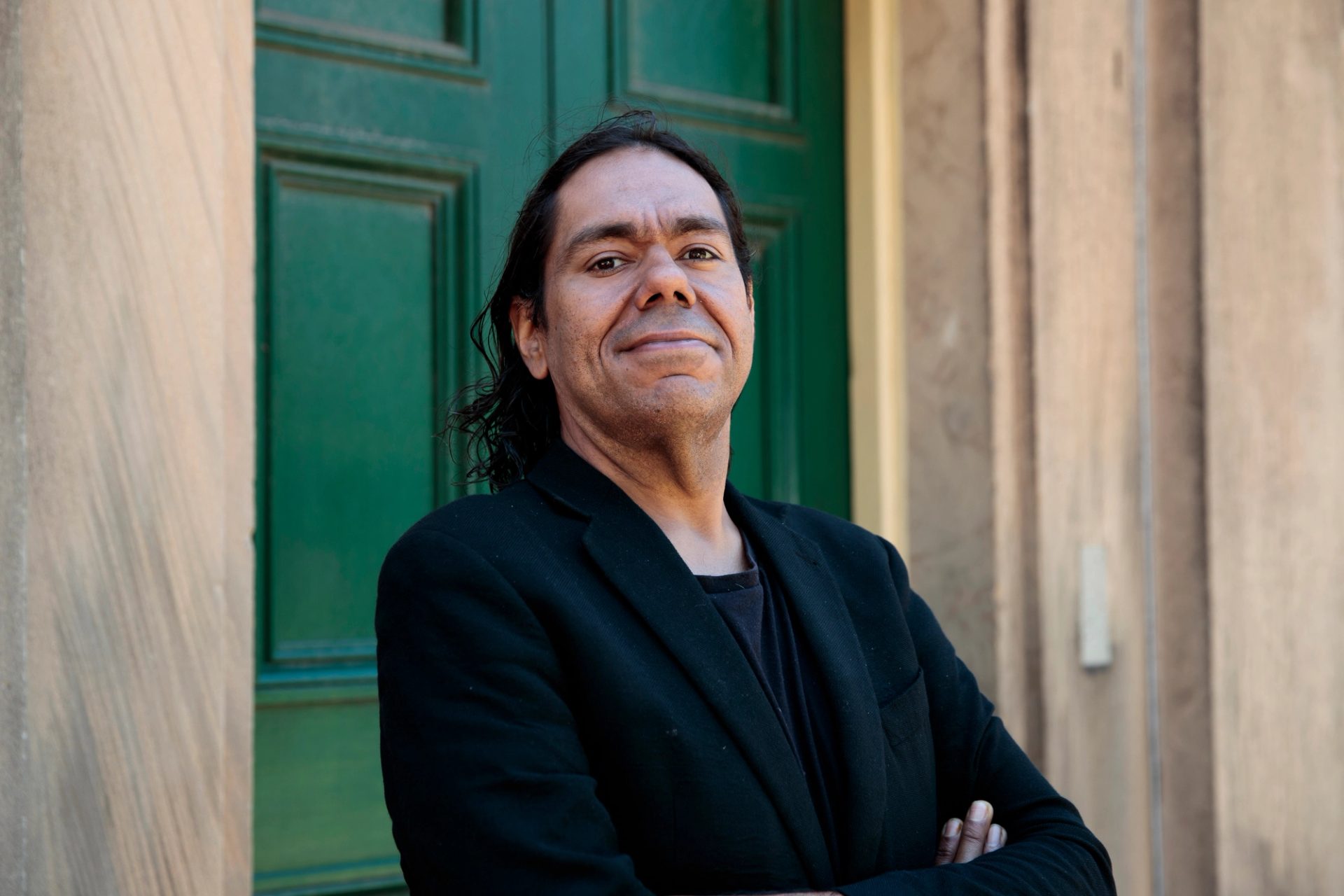
William Barton
In 2020, Kalkadunga musician William Barton was awarded the Powerhouse Indigenous Cultural Development Residency. The Commissioning Residency took place at the Sydney Observatory, with William’s collaborator musician Véronique Serret. The result of the residency is a new commissioned work, Songlines of our Universe which was inspired by the Southern Sky and the Powerhouse collection.
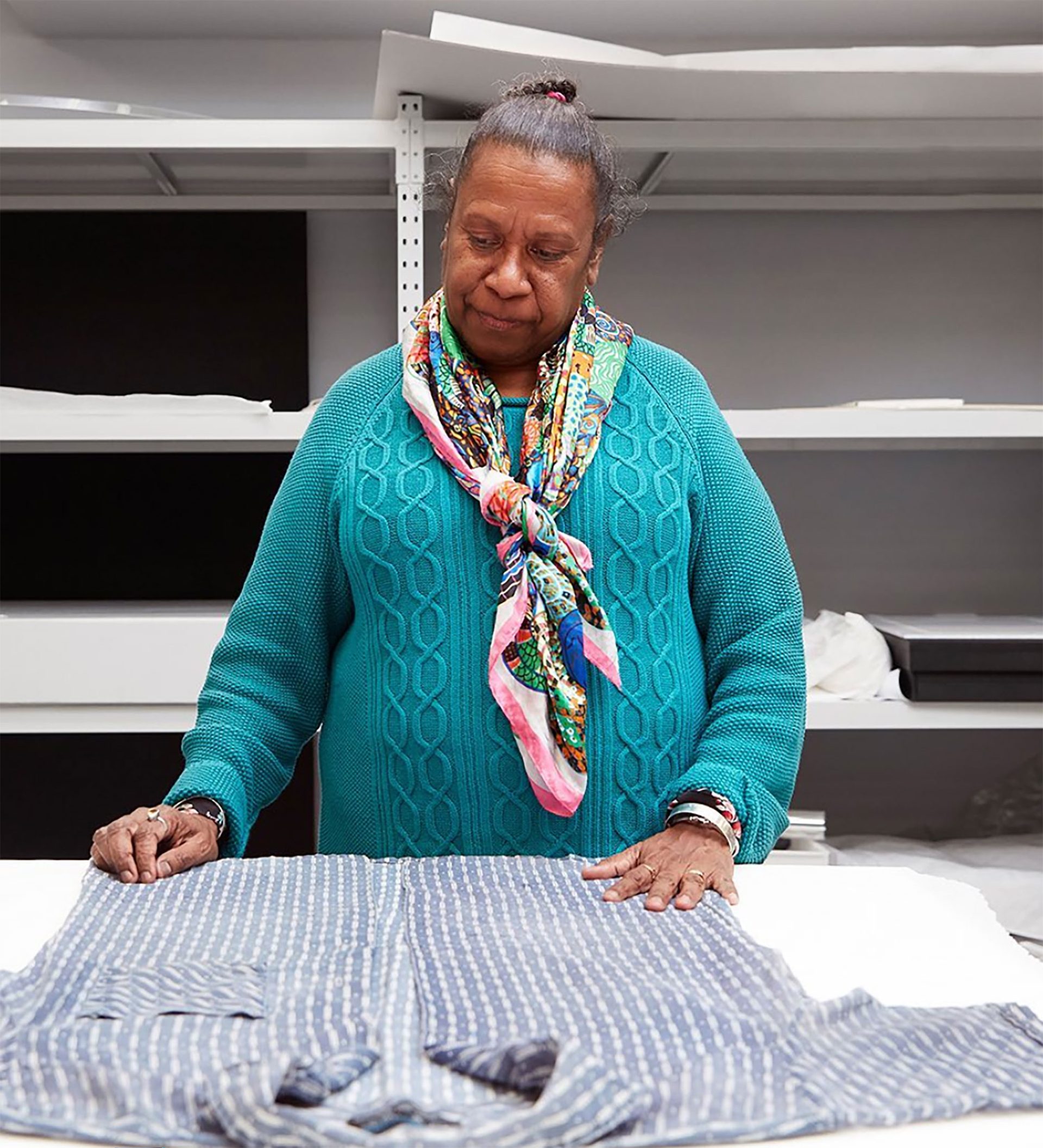
Gail Mabo
Gail Mabo is a proud woman of the Piadram clan in the Torres Strait Islands region and a multi-disciplinary artist, beginning within performance arts and transitioning to visual art. Gail’s artistic explorations have been focused on celestial narratives from her homelands within the Torres strait and exploring the mainland First Nation celestial narratives as an investigation into her maternal heritage. Gail worked with staff at the Sydney Observatory to accurately map and place the bronze casted stars represented within the Star Maps. The three constellations that she chose to represent are ‘Tagai’, ‘Emu Dreaming’ and ‘Lamar Koskir (Ghost Wives)’.
Wanupini by Bulthirrirri Wunuŋmurra (Yirritja, Dhaḻwaŋu)
Bulthirrirri is an artist from eastern Arnhem Land, from the Dhaḻwaŋu clan and is a third-generation artist and respected leader within the Dhaḻwaŋu community. The title of her work Wanupini is the Dhaḻwaŋu word for the clouds that signal the arrival of the wet season in Arnhem land and is often associated with first sightings of the sails of Makassan Prau (boats). The title of the work along with the techniques have been passed on to Bulthirrirri as her artistic responsibility by her father.
As members of the inaugural First Nations Directorate, we are lucky to build upon the work of Uncle Marcus Hughes, Uncle James Wilson Miller and Geoff Wyatt to increase First Nations representation at the Observatory. With a dedicated and growing First Nations team, Powerhouse seeks to continue to weave together First Nations sky stories and the continuous astronomical achievements led by the Sydney Observatory.
Embedding custodianship of Sky Country and the advanced knowledges held by First Nations people has to be a fundamental implementation across all activities we do as an Observatory, or we are not telling a fuller story of the sky. As such going forward the everlasting relationships between First Nations peoples and their Country, whether land, sea or sky, inform how we as an institution collect, interpret and display collections.




















